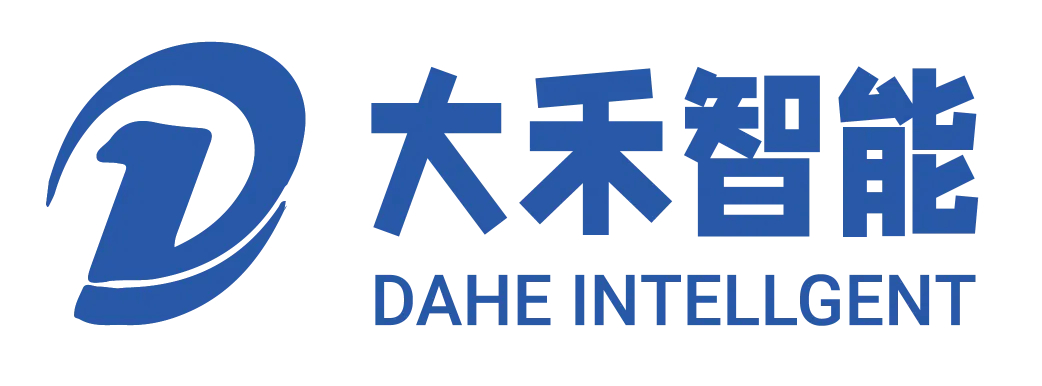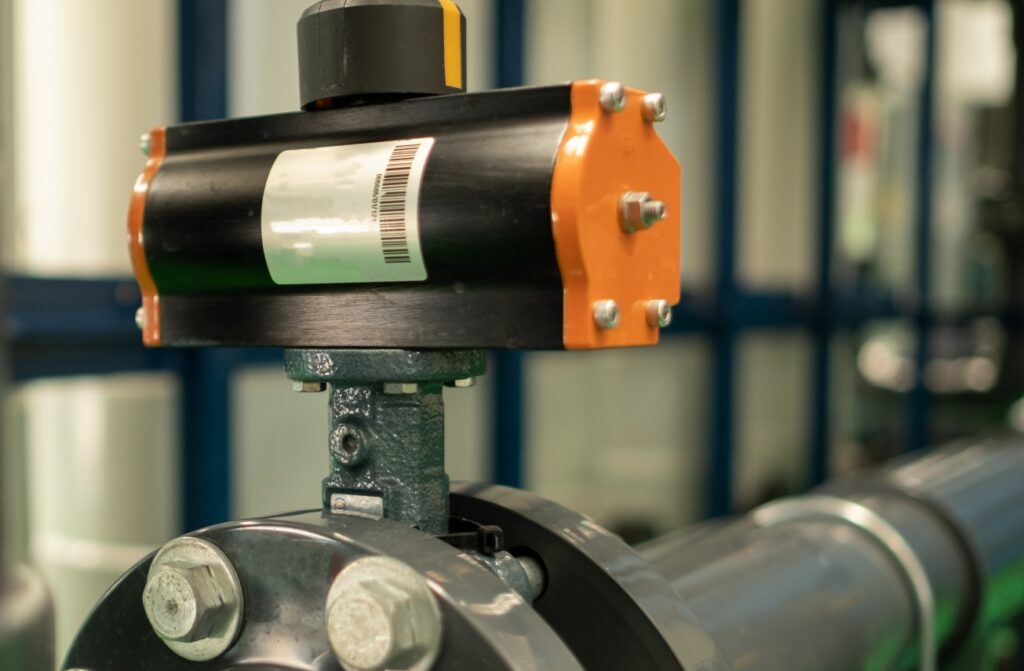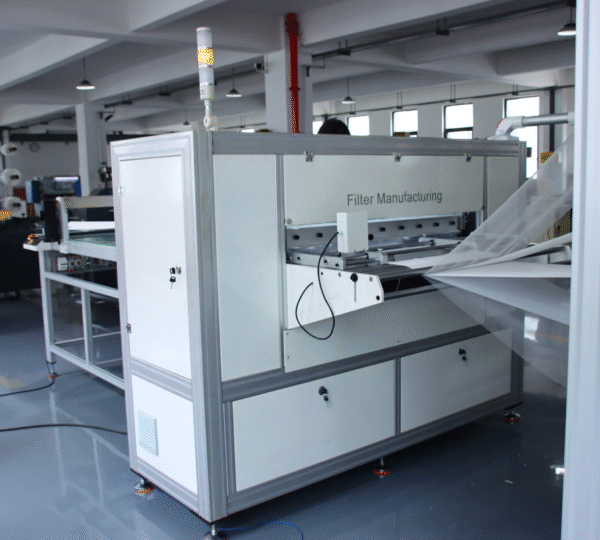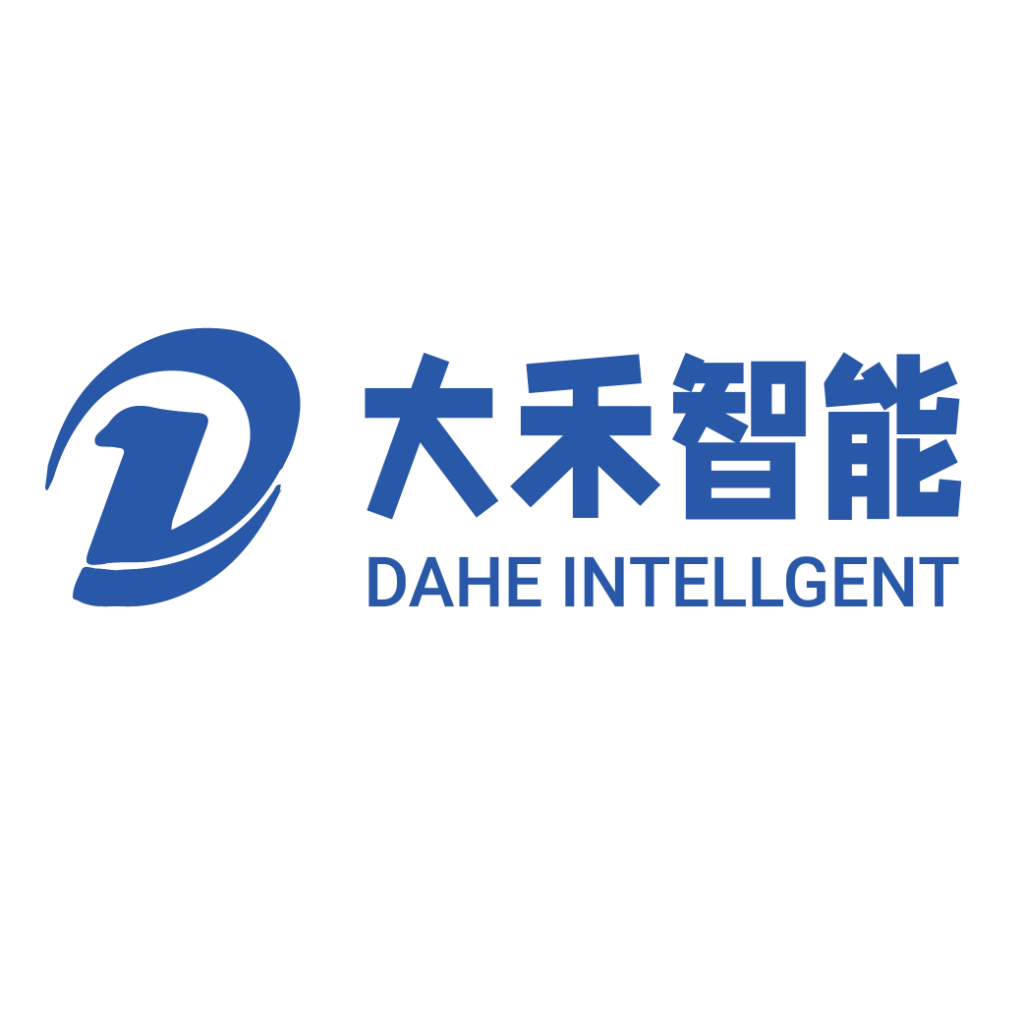Frequent overload alarms on the automatic HEPA filter assembly line disrupt production and extend delivery schedules. Unresolved overload issues lead to production stops, increased maintenance costs, and the risk of equipment damage, which can result in catastrophic downtime. Typical alarm triggers in production include mechanical jams, clogged dispensing nozzles, or electrical faults within servo drives. Deployment in HEPA production lines requires continuous improvement, troubleshooting of structural faults, diagnostic mechanical checks, sensor verification, motor current analysis, and control system checks to restore uptime.
Diagnosing Feed Blockages on the Automatic HEPA filter assembly line
One of the most common causes of overload alarms on automatic HEPA filter assembly lines is mechanical feed blockages in the media hopper or guide rails. When filter media or filter frames get stuck in the feed mechanism, the motor driving the belt or roller encounters increased resistance, immediately triggering an overload. First, I shut down the affected section and manually inspected the feed hopper to ensure there was no residual filter media, debris, or foreign matter. Next, I run the feeder slowly at a low speed to feel if the resistance is uneven, thereby pinpointing the blockage on the guide rail.
I also confirm that the pneumatic actuator guiding the filter media has sufficient air pressure and that its cylinder is fully extended. Insufficient air pressure can cause the media to be dragged, resulting in a jam-like situation. At the same time, clear obstructions, readjust worn guides and lubricate moving parts with synthetic dry film lubricants to prevent future jams.
Clearing Dispensing Head Clogs on an automatic HEPA filter assembly line
On our HEPA assembly line, a three-axis dispenser applies adhesive precisely to filter frames. However, dried adhesive or particulate contaminants can clog precision nozzles, increase motor torque on the XY carriage, and trigger overload alarms. For example, I retract the dispense head and inspect the nozzle under a magnifying glass for hardened glue or residual lint. Additionally, I clear system residues by circulating flushing solvent through the pump and lines. Prevent back leaks and nozzle clogging by replacing worn check valves and O-rings that fail to seal under high pressure. Recalibrate the dispense pressure and verify the flow rate using a test pattern on the tile, recording flow consistency within ±5%. Finally, I schedule weekly preventative cleanings to ensure the dispense heads remain clear, preventing overloading of the carriage and maintaining accurate adhesive application.
Solve Pressure-Maintaining Actuator Overload Issues
Automatic HEPA filter assembly lines rely on synchronized pressure-maintaining actuators to press filter frames and media together. If these actuators seize, lose lubrication, or fail to seal, the motor torque on the part transfer shaft can spike, causing an overload. When an overload occurs during a press cycle, I measure the cylinder extension time and compare it to a baseline. Additionally, I inspect the rod seals and guide bushings for wear, replacing any that show scoring, pitting, or uneven wear that increases friction. Technicians can flush pneumatic lines to clear condensation and install in-line air filters to remove moisture and particulate matter, preventing seal degradation. After performing these maintenance tasks, the actuators operate smoothly within the nominal torque range, preventing overload alarms and ensuring consistent pressures for each unit in the HEPA assembly line.
Troubleshooting Conveyor and Unloader Overloads
The final stage of an automatic HEPA filter assembly line involves an automated unloader. Overload alarms in this area often indicate misalignment or increased friction in the conveyor system. First, I check the conveyor belt tension and roller alignment to ensure the tension remains within 1-2% of the nominal value and the rail parallelism is within ±0.5 mm to prevent binding. I then inspect the gripper jaws for foreign matter, adhesive buildup, or spring fatigue that would prevent a smooth release of the component. The team accomplished this by recalibrating the vacuum pump’s suction pressure, replacing worn coupling bushings in the servo-driven gripper jaw motor, and readjusting the gripper jaw tracking to match the conveyor speed profile. By fine-tuning the conveyor geometry and gripper jaw operation, they eliminated downstream torque overloads and maintained steady line throughput.
Verifying the Integrity of Electrical and Control Systems
While mechanical issues dominate overload alarms, electrical faults, and control systems, misconfiguration can also cause excessive current draw on an automatic HEPA filter assembly line. To troubleshoot these issues, I first review the alarm logs of the PLC and servo drives. Afterward, I use clamp-on ammeters to measure the motor phase currents at idle and under load and compare them to the drive’s rated current to identify any anomalies. At the same time, I scan the drive parameter settings to confirm that the acceleration/deceleration ramps, torque limits, and analog I/O calibrations are correct. Then, I update the servo firmware to the latest stable version, which typically contains improved current limit algorithms and fault handling procedures. By processing electrical and control variables, as well as conducting mechanical checks, we ensure that overload alarms accurately reflect real mechanical loads and not software failures, parameter imbalances, or line insulation degradation.
Troubleshooting Overload Alarms
Troubleshooting overload alarms on an automatic HEPA filter assembly line requires diagnosing mechanical blockages in feeders, clearing dispense head blockages, maintaining pressure-maintaining actuators, calibrating conveyor belts and unloaders, and verifying the integrity of the electrical and control systems. By combining rigorous root cause analysis with preventive maintenance and continuous improvement, recurring overloads were eliminated, production efficiency was maximized, and the highest quality standards for HEPA filters were upheld.





